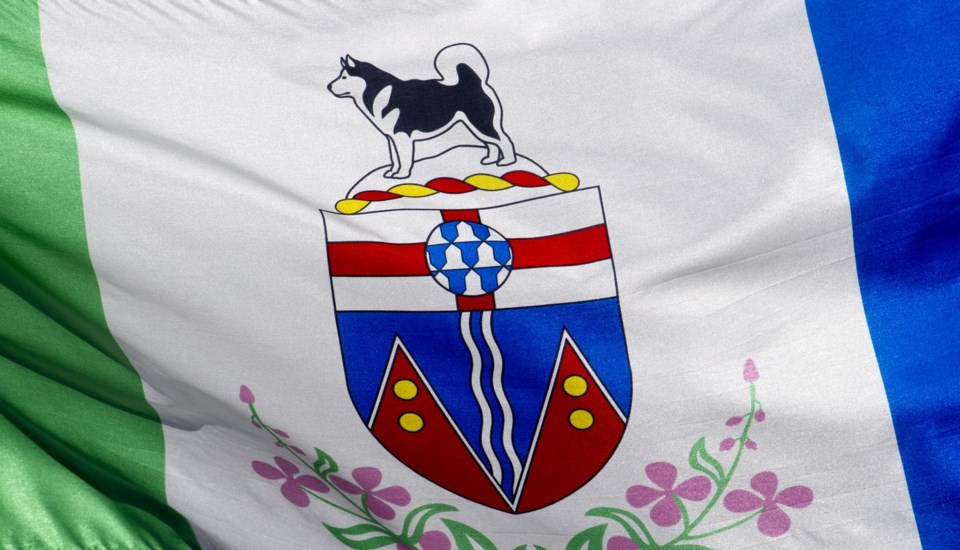MAYO, YUKON — Contaminated water that overflowed in a landslide and equipment failure at a Yukon gold mine is being pumped into storage ponds, while the investigation continues into what went wrong, the territory's Department of Energy, Mines and Resources said.
Minister John Streicker said in a statement Wednesday that current information suggested the failure at the heap-leach facility at the Victoria Gold Eagle Mine on Monday had not affected drinking water for the Village of Mayo, about 80 kilometres south of the mine.
The slide pushed contaminated water outside its containment area and over an embankment, the department said.
Heap leaching uses chemicals to percolate through crushed ore, allowing it to extract gold, and the company's website says the Eagle Mine uses a cyanide solution in the process.
Streicker said "out of an abundance of caution" drinking water will be monitored for contaminants "until more is understood about the details of the event."
He said natural resource officers are assessing the site’s compliance with the terms and conditions of the mine’s licences.
“It’s too early to speak to the cause of the heap leach failure. What’s clear at this point is that the failure involved a slide of the ore stacked in the heap leach facility," he said.
"The slide caused ore to spill over the embankment at the base of the heap facility. The slide appears to have damaged some mine infrastructure."
A statement from the department said the company quickly built dams to hold back contaminated water, which is now being pumped into ponds.
Streicker said his ministry continues to operate long-term water quality monitoring stations upstream and downstream of the mine.
Neither the territorial government nor the company have said how much contaminated water spilled.
The First Nation of Nacho Nyak Dun, whose traditional territory includes the mine site about 500 kilometres north of Whitehorse, has said it's concerned about "potentially significant and far-reaching environmental impacts" on water, fish and wildlife.
Streicker said the government has been communicating directly with the First Nation, the village and Victoria Gold.
“We recognize that many Yukoners are concerned about the potential environmental impacts of this failure. We are committed to working closely with the First Nation of Nacho Nyak Dun as we determine next steps," he said.
"As a mining regulator, we remain committed to ensuring that the environment is protected, and that will guide our future actions at the site.”
Work at the mine has been halted since the failure on Monday. The company has said that no one was injured.
The mine employs approximately 500 people as well as numerous contractors and consultants, according to the Victoria Gold website.
— Ashley Joannou in Vancouver
This report by The Canadian Press was first published June 26, 2024.
The Canadian Press



